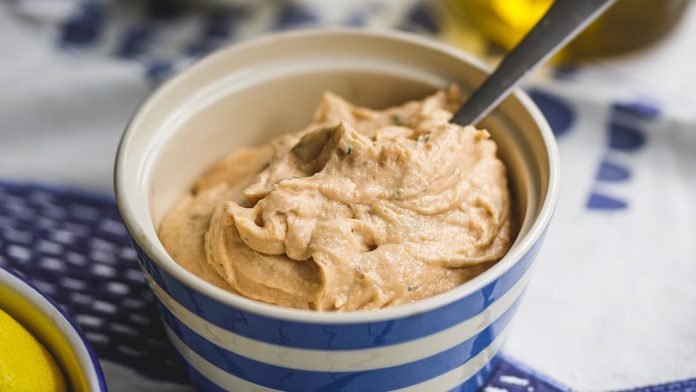
In a study from the University of Florida, researchers found a short, non-invasive peanut butter odor test could help diagnose Alzheimer’s disease.
The early diagnosis of Alzheimer’s disease (AD) may help reduce disability, enhance the quality of life, and aid clinical trials.
Previous research has found that portions of the olfactory cortex are the initial sites of AD pathology and patients with AD often have more degeneration of their left than the right hemisphere.
This means patients with AD may show an asymmetrical (left greater than right) decrement of odor detection sensitivity.
In the study, the team assessed a quick olfactory test that may help diagnose AD.
They tested 18 participants with probable AD, 24 with mild cognitive impairment, 26 with other causes of dementia, and 26 healthy people.
The team examined their ability to detect an odor, one nostril at a time. A container of 14g of peanut butter was opened, held medially at the bottom of a 30cm ruler, and moved up 1cm at a time during the participants’ exhale.
Upon odor detection, the distance between the participant’s nostril and the container was measured.
The team found that the odor detection distance of AD patients’ left nostril (5.1cm), and not their right (17.4cm), was much less than the other groups.
The finding suggests that this non-invasive and inexpensive left-right nostril odor detection test could be a sensitive and specific test for probable AD.
For more information about peanut test for Alzheimer’s disease, please check this video”
If you care about Alzheimer’s disease, please read studies about why some older people less likely to have Alzheimer’s disease, and findings of daily habit that may help treat Alzheimer’s disease.
For more information about brain health, please see recent studies about common food that may reduce vascular disease in the brain, and results showing scientists find strong link between COVID and this brain disease.
The study is published in the Journal of Neurological Science. and was conducted by Jennifer J Stamps et al.
Copyright © 2022 Knowridge Science Report. All rights reserved.



